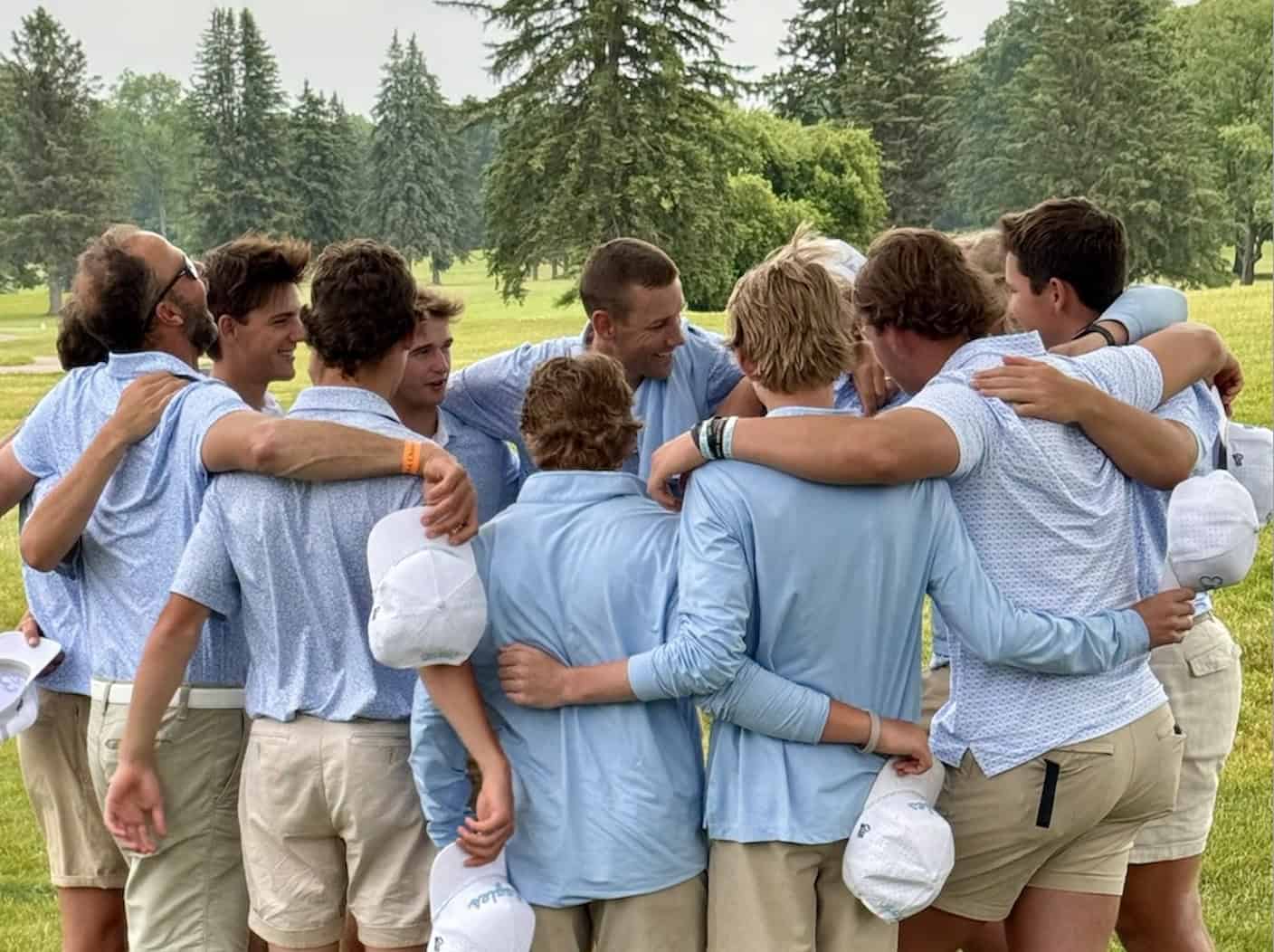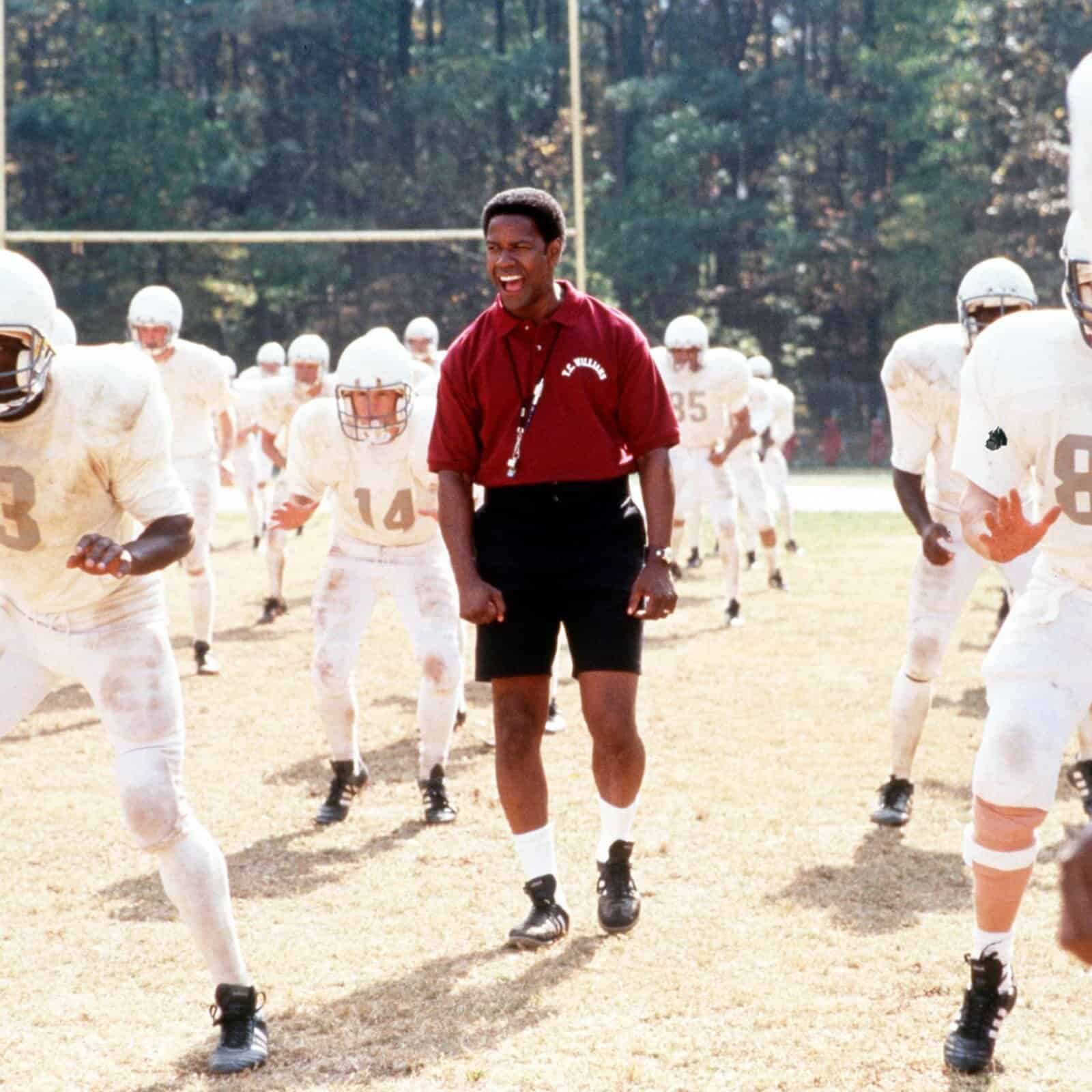As a practicing AD, I’ve come to realize that one of the most difficult and overlooked parts of this job is helping a newly hired coach succeed—especially when they’re not new to coaching, just new to your school. I’ve learned this the hard way. I’ve hired experienced coaches with incredible resumes, only to watch them struggle to gain traction. At first, I couldn’t figure it out. But over time, I came to see that leadership success doesn’t transfer automatically. A coach might have led a powerhouse elsewhere, but in our school, they were starting from scratch: new culture, new expectations, new relationships.
And that’s when it hit me: if I want these coaches to succeed, I can’t just hand them the keys and wish them luck. I have to lead them well. They need a framework, a way to build connection and credibility with players, parents, and the broader community. That’s why I began using a simple acronym to help support my “new to you” coaches: CLIMB.
Here’s how it works:
C – Connect with Players
Before tryouts, I ask new coaches to meet with returning players by grade level. I give them three conversation-starting questions:
- What do you want to make sure continues in our program?
- What do we need to stop doing?
- What should we start doing to make this a program you’re proud of?
This approach helps them identify team leaders, listen for patterns, and begin creating a culture of trust. I remind them to listen actively, avoid interrupting, and ask, “What else?” to keep the conversation going.
L – Listen to Feedback
Coaches need to get used to checking the pulse of their team. I encourage monthly student check-ins through the Grit Leadership system—short surveys with just a few reflective questions. These small inputs give coaches big insight.
Then, at season’s end, we use the Grit Leadership system to conduct coach self-evaluations and collect feedback from players and, optionally, parents. This turns raw input into a usable report with belonging scores, leadership data, and practical development suggestions. It helps coaches grow—not just reflect.
I – Invest in the Community
New coaches need to be seen—and not just on game days. I ask them to attend school events, wear team gear, introduce themselves to families, cheer on other teams, and volunteer where needed. If they have a spouse or kids, they should bring them along. Being visible and approachable builds goodwill, and goodwill buys time, grace, and support.
M – Mentor Matters
I always pair a new coach with a trusted staff member—not necessarily someone in the same sport. This mentor provides a safe space to ask questions and learn the culture. It takes the pressure off me as the AD and reinforces the idea that our school is a community of support. That new coach will eventually pay it forward, too.
B – Build Relationships First
I remind new coaches that before they win games, they need to win hearts. That means being present at workouts, jumping into drills when appropriate, being available to talk, and showing joy. It also means donuts at practice, team dinners, sharing stories at team meetings, and creating moments of connection. These small actions often lead to big results on and off the field.
Hiring great coaches is tough. If you get a great one, don’t stop there or they’ll leave too, eventually. Retaining and developing coaches is critical. But if we want to stop reacting and start leading, we need systems and habits that help us grow. The CLIMB model gives the new to you coaches a clear path to start strong, and it helps you support them, no matter how much previous experience they may have.
Give your coaches a better first season even if it is the start of their 10th or 15th. Help them CLIMB.
By Kevin Broene, CMAA, Founder and CEO of Grit Leadership – [email protected]
Photo from Adobe Stock



